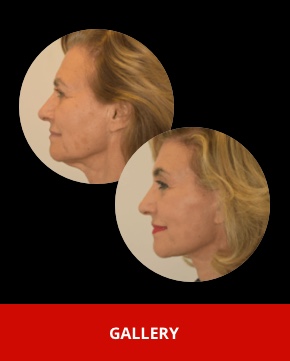Blocked Noses
Blocked noses are one of the most common conditions that I review. There are many causes and a careful assessment is necessary in order to plan the best treatment in order to create comfortable breathing during the day and night.
Why is my nose blocked?
Noses can be blocked by conditions which cause swelling of the lining of the nose and conditions which cause a mechanical blockage to airflow. Frequently both conditions are present at the same time.
People who have hayfever (allergic rhinitis) tend to have generalised swelling of the nose that is present all year around or seasonally. They also tend to get progressive gradual swelling of their turbinates. These are structures sitting on the sidewall of the nose that normally humidify and filter air. When they filter substances that you are allergic to they tend to swell and thicken, blocking the nose. You can read more about the turbinates here.
Other common causes of a blocked nose are a deviation of the nasal septum or bones of the nose. This can occur following trauma to the nose but may also occur as part of your normal facial growth. In some people the septal cartilage grows too large and has to bend inside the nose.
Some people have nasal polyps and occasionally a more serious cause for their blocked nose that needs more urgent treatment.
It is important to assess both the inside and outside of the nose. One commonly overlooked cause of a blocked nose is “nasal valve collapse”. This is a condition where some of the tissues that support the nose on the outside collapse inwards when you breathe in. Patients find relief by pulling on their cheek or wearing “Breathe-right” strips at night.
What are my treatment options?
All causes for the blockage in the nose need to be carefully identified and treated in order for you to have normal breathing. This involves treating both causes for swelling in the nose (allergies, a chronic sinus infection, decongestant overuse) and treating structural problems (large turbinates, deviated septum, nasal valve collapse, large adenoids).
Some problems can be treated with medications alone, others require surgery. Some problems can be treated with medications and with surgery as well. For example allergies can be controlled with a type of nasal spray called a steroid spray. This is very helpful for many people but generally needs to be used every day during the time when they are exposed to allergies and for some people this means using it every day all year around. The surgical procedure called a “turbinoplasty” involves removing bone from the turbinates in the nose and re-shaping the turbinate covering. It dramatically improves the airway and often means people do not need to use steroid sprays to breathe well. They may still need them to control itchiness, sneezing, runny nose and other allergy symptoms.
Some patients require only a septoplasty and turbinoplasty to give them an excellent airway. This can be done as a day surgical procedure with little downtime. You can read more about a septoplasty here. Other patients need a more complicated reconstruction of their airway called a rhinoplasty. A rhinoplasty can address all structural elements of a blocked nose including nasal valve collapse.
Generally it is important to treat all the causes for a blocked nose because if any are left untreated the nose will still be blocked.


